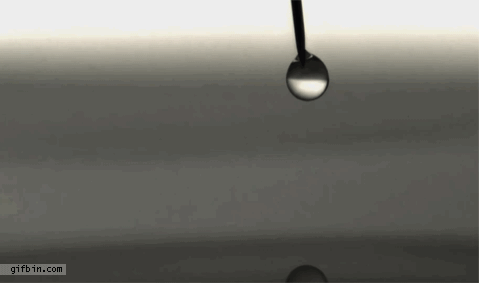The role of Biochemical Oxygen Demand (BOD) is to measure the amount of oxygen needed to remove organic waste from the water of bacteria.Important to know, the larger the Biochemical Oxygen Demand, the more rapidly oxygen is depleted in the stream. This means there will be less oxygen in the water.biological oxygen demand is essential By providing information to assess the effect discharged wastewater will have on the receiving environment.The BOD value is commonly expressed in milligrams of oxygen consumed per liter of the sample during 5 days of incubation at 20°C. The goal is to maintain the aquatic life and aesthetic quality of streams and lakes.


Biochemical Oxygen Demand Products:
BOD TESTER
Biochemical Oxygen Demand TESTER
Measurement range: 0⁓1000 mg/L (diluted when value exceeds the
measurement range)
Simultaneous determination of the number of samples: 6 or 8 samples each time
Display: large screen LCD 6 or 8 channels
What is Biochemical Oxygen Demand
Biological Oxygen Demand (BOD) measures the number of oxygen microorganisms used to break down organic matter in a given water sample. The higher the BOD, the more organic matter there is in the water and, therefore, the more oxygen-consuming organisms present.
Decomposed organic matter under aerobic conditions uses oxygen to convert into carbon dioxide and water. However, if the decomposition is anaerobic (without oxygen), it produces methane and other non-desirable byproducts.
BOD measurements are taken to assess the health of a lake or stream. High BOD levels can indicate that too much organic matter is being produced for the amount of oxygen available for decomposition. This can result in decreased dissolved oxygen levels (hypoxia), which can harm aquatic life as many organisms rely on adequate dissolved oxygen levels for normal metabolic processes.
The rate at which organic matter breaks down in the water is called biochemical oxygen demand. For example, the BOD for a lake or stream can indicate how much-dissolved oxygen will be needed to decompose the organic matter present and help maintain good water quality.
Commercial industries that produce or manufacture items must install systems to lower the number of contaminants in their wastewater before it is released, as mandated by law. This helps prevent the discharge of high BOD levels into lakes, rivers, and oceans.
How to Test the Biochemical Oxygen Demand (BOD) in a Water Sample?
There are a few methods to measure BOD. The most commonly used method is the five-day BOD test, which measures the amount of dissolved oxygen in a sample over 5 days. The initial concentration of dissolved oxygen is measured, and then at the end of the 5 days at 20°C, the reduction in oxygen concentrations due to biological activity is calculated. This “BOD” value can then be used to determine the health of a lake or stream.
The DO readings are usually in parts per million (ppm). When the BOD levels are high, they can be expressed as milligrams of oxygen consumed per liter of water (mg/L). Higher BOD indicates more oxygen is being used by microorganisms, which can lead to low oxygen levels in the water and harm aquatic life.
Holding a BOD sample for 48 hours for collection is challenging and often requires a laboratory. A sufficient test population of healthy bacteria must be present in the sample.
Dissolved oxygen gets lower in the summer because of increased temperature and more organic matter in the water due to algal growth. Thus, it is important to check BOD levels during summertime.
Wastewater Treatment Plants use BOD
BOD is a major factor in the design and operation of wastewater treatment plants. These facilities are designed to remove organic materials from wastewater before it is discharged into bodies of water.